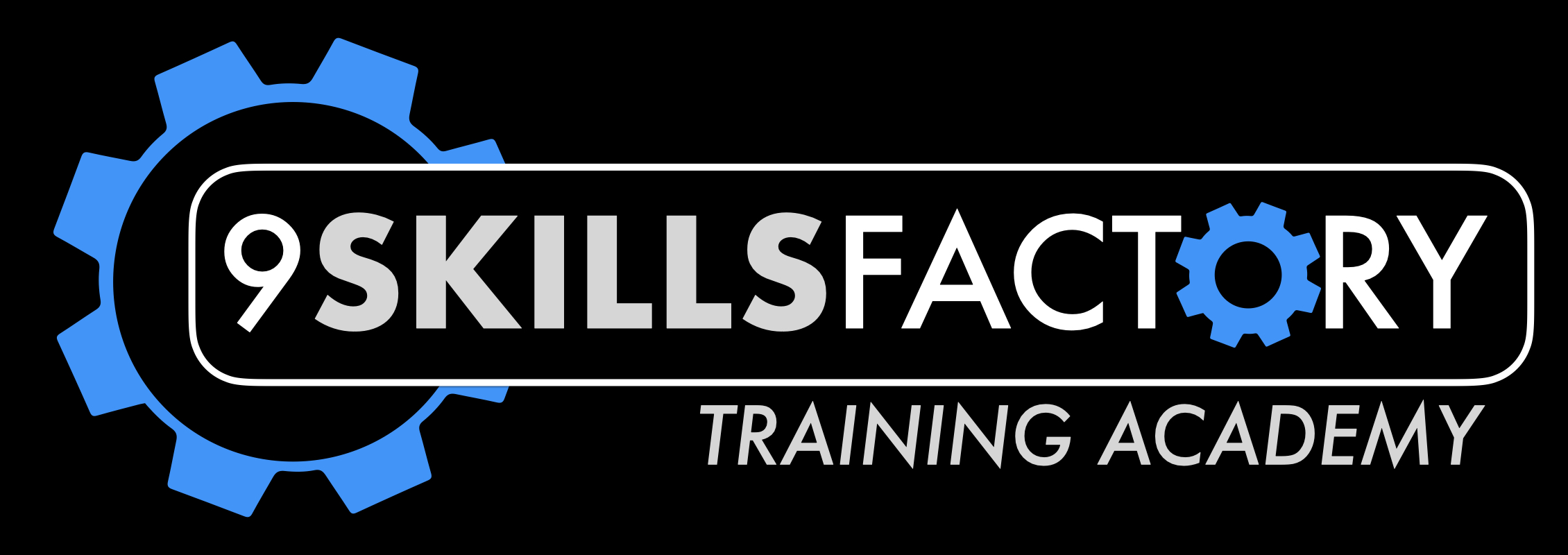SO MANY BUSINESS IMPROVEMENT FAILURES
Q1. Why are there so many stories around about Lean Six Sigma and business improvement failures?
During the writing of one of my books in the post GFC period, I did some research that involved some 120 Australian based companies. It was interesting to discover that every company I spoke to that had eliminated or reduced their commitment to business improvement, more than 85 percent of those companies, had made similar mistakes in their implementation.
What was common across these companies were these things.
NUMBER 1 – Too many projects underway at any one time which created a constant state of flux and a lack of stability
NUMBER 2 – Projects being undertaken in functional silos that did not result in an end of the value stream improvement, while the functional area might claim an improvement, these ultimately contributed to cost increases rather than positive financial returns
NUMBER 3 – Fixated on a methodology (I.e. six sigma or lean) rather than business improvement being a tool to help with delivering a business plan
NUMBER 4 – Failing to connect and utilise business improvement as part of the business plan execution process
NUMBER 5 – Sheep dipping people in company wide methodology training, thinking that this is the way to generate value
Unfortunately, most of these mistakes are repeated widely and in many cases exacerbated because of poor advice provided by inexperienced consultants.
LEAN VERSUS SIX SIGMA
Q2. What is the difference between Lean and Six Sigma?
In a nutshell, the difference between the two can be shown by the following statements.
(a) LEAN is a methodology for optimising process 'throughput', minimising 'cycle time', and 'balancing' a process so that any waste that sits within a value stream is either eliminated or minimised
(b) SIX SIGMA is a methodology for optimising process 'variation' and eliminating defects caused by not meeting some customer driven 'specification'
In my experience, Lean seems to offer the most value to most businesses (manufacturing, production and services) when they begin their improvement journey.
CREATING VALUE
Q3. How can Lean Six Sigma add value to a business?
All improvement methods will add value under certain circumstances:
(a) Business plan connection – the methods are used to treat performance gaps that relate somehow to the objectives in the organisation's business plan
(b) Improvement is the goal – the focus of the person using the methodology is on getting the improvement result rather than following some improvement roadmap religiously
(c) Speed of results – project work is completed quickly and efficiently so that results are generated quickly and the credibility of business improvement is built and maintained
Ultimately value must be measured in financial terms. And value is obviously created when actual cost savings or revenue increases exceed the cost of the improvement work.
SOLVING YOUR PROBLEMS
Q4. Will Lean and Six Sigma solve all of my organisation's improvement issues?
Definitely not! It's a mistake to approach improvement as a zealot of some methodology, when the truth is the different methods are simply ways to approach the solving of various types of problems or performance gaps. There'll be situations where a problem solving methodology like Apollo Root Cause or ICAM will be more appropriate than a Lean or Six Sigma method.
MUST DO'S FOR SUCCESS
Q5. What would I need to do to make it work as an improvement methodology?
Business improvement must be a part of your organisation's business operating or business execution system. If it isn't, it will fail and simply disappear; that's the reality.
In simple terms, what I'm saying is that whatever business improvement methods you use, they must be for the purpose of helping you to execute your business plan and achieve the objectives you've set yourself.
We've found that success is much more frequent when the following 5 things take place:
#1 – Line managers are educated in the concept of Lean and value stream optimisation – they must get their heads around the effect silo'd thinking has on a business improvement initiative losing money for a company
#2 – A value stream management platform is set up that connects key metrics to the business plan objectives and effectively aligns and synchronises the improvement activities of the various business functions
#3 – A business improvement dashboard and visual operating system is established that causes necessary activities to take place without having to rely on the memory or initiative of any individual person – in effect this systemises improvement and prevents it disappearing when someone leaves the company
#4 – Practitioners are trained in Lean project management skills so they can primarily focus where the greatest value can be generated – on 'throughput' and 'cycle time' issues in the business
#5 – Practitioners are only trained in Six Sigma project management skills when 'variation' in performance is a business issue and value can be generated by fixing it

